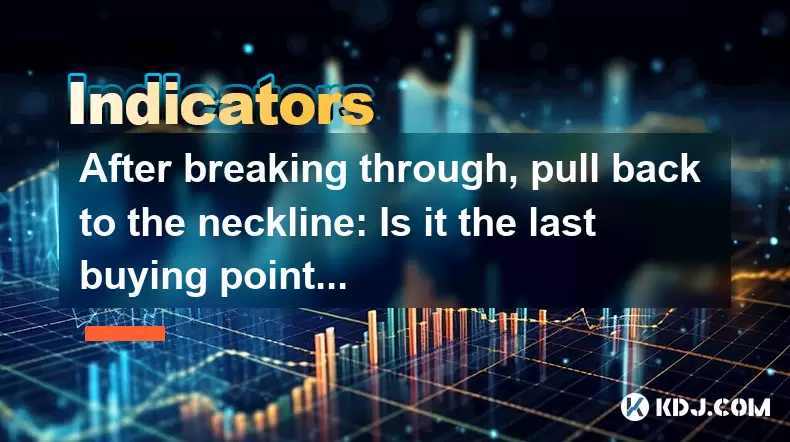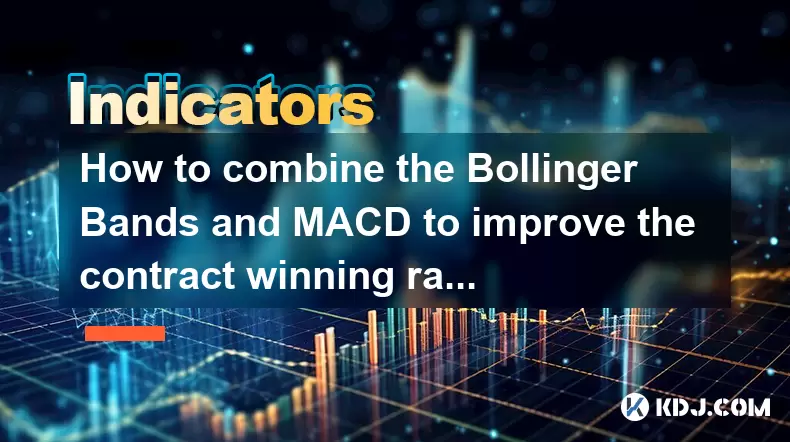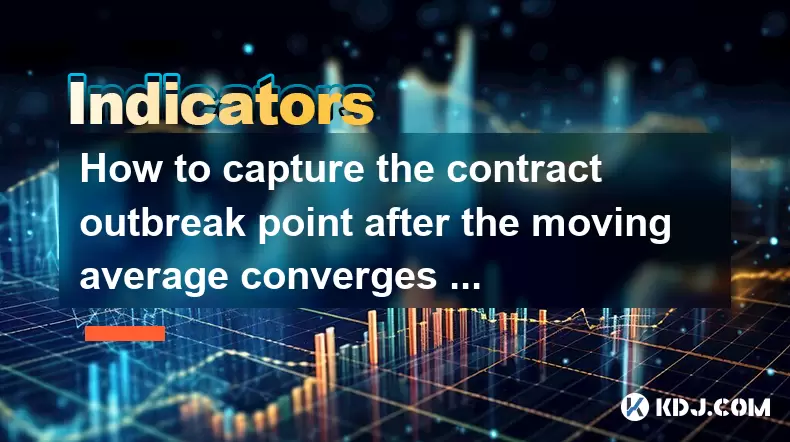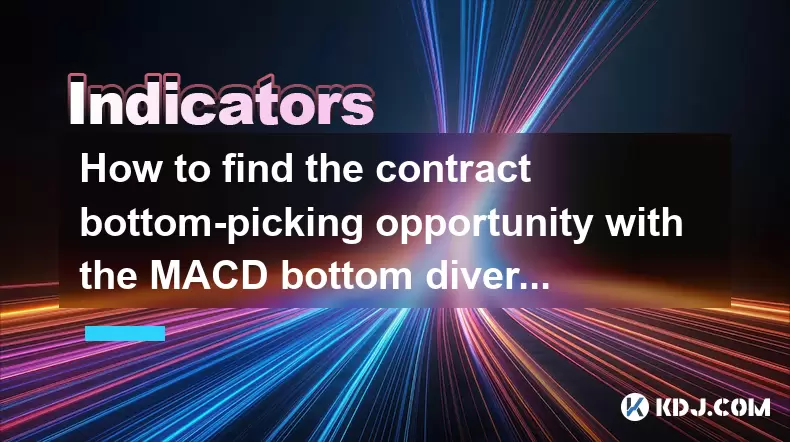-
 Bitcoin
Bitcoin $106,754.6083
1.33% -
 Ethereum
Ethereum $2,625.8249
3.80% -
 Tether USDt
Tether USDt $1.0001
-0.03% -
 XRP
XRP $2.1891
1.67% -
 BNB
BNB $654.5220
0.66% -
 Solana
Solana $156.9428
7.28% -
 USDC
USDC $0.9998
0.00% -
 Dogecoin
Dogecoin $0.1780
1.14% -
 TRON
TRON $0.2706
-0.16% -
 Cardano
Cardano $0.6470
2.77% -
 Hyperliquid
Hyperliquid $44.6467
10.24% -
 Sui
Sui $3.1128
3.86% -
 Bitcoin Cash
Bitcoin Cash $455.7646
3.00% -
 Chainlink
Chainlink $13.6858
4.08% -
 UNUS SED LEO
UNUS SED LEO $9.2682
0.21% -
 Avalanche
Avalanche $19.7433
3.79% -
 Stellar
Stellar $0.2616
1.64% -
 Toncoin
Toncoin $3.0222
2.19% -
 Shiba Inu
Shiba Inu $0.0...01220
1.49% -
 Hedera
Hedera $0.1580
2.75% -
 Litecoin
Litecoin $87.4964
2.29% -
 Polkadot
Polkadot $3.8958
3.05% -
 Ethena USDe
Ethena USDe $1.0000
-0.04% -
 Monero
Monero $317.2263
0.26% -
 Bitget Token
Bitget Token $4.5985
1.68% -
 Dai
Dai $0.9999
0.00% -
 Pepe
Pepe $0.0...01140
2.44% -
 Uniswap
Uniswap $7.6065
5.29% -
 Pi
Pi $0.6042
-2.00% -
 Aave
Aave $289.6343
6.02%
After breaking through, pull back to the neckline: Is it the last buying point?
The breakout and pullback pattern in crypto markets often signals a final buying chance before a price surge, but traders must use risk management and technical indicators to validate it.
Jun 09, 2025 at 07:14 pm

The concept of "breaking through and pulling back to the neckline" is a common pattern observed in technical analysis within the cryptocurrency market. It is often associated with the potential for a final buying opportunity before a significant price movement. In this article, we will delve into the intricacies of this pattern, explore its implications, and discuss whether it truly represents the last buying point for traders.
Understanding the Breakout and Pullback Pattern
The breakout and pullback pattern is a key concept in technical analysis. It occurs when the price of a cryptocurrency breaks through a significant resistance level, often referred to as the neckline, and then retraces back to this level before potentially continuing its upward trend. The neckline is a critical level that traders watch closely, as it represents a point of potential support or resistance.
When a cryptocurrency breaks through the neckline, it signals that the market has enough bullish momentum to overcome previous resistance. However, it is not uncommon for the price to pull back to the neckline after the initial breakout. This pullback can be seen as a test of the new support level, and it often presents traders with an opportunity to enter the market at a potentially favorable price.
Identifying the Neckline in Cryptocurrency Charts
Identifying the neckline on a cryptocurrency chart is crucial for traders looking to capitalize on the breakout and pullback pattern. The neckline can be drawn by connecting the lowest points of two or more swing highs or swing lows on the chart. This line serves as a visual representation of the resistance or support level that the price must break through to signal a potential trend change.
To identify the neckline effectively, traders should:
- Use a reliable charting platform that allows for the drawing of trendlines.
- Look for at least two significant swing highs or swing lows that can be connected to form the neckline.
- Ensure that the neckline is drawn with precision, as even slight deviations can lead to misinterpretations of the pattern.
The Mechanics of the Pullback to the Neckline
Once a cryptocurrency breaks through the neckline, the subsequent pullback to this level is what traders are particularly interested in. The pullback to the neckline is often seen as a final opportunity to buy the cryptocurrency before it continues its upward trajectory. The rationale behind this is that the price has already demonstrated its ability to break through resistance, and the pullback to the neckline represents a temporary retracement before the next leg up.
However, not all pullbacks to the neckline result in a continuation of the upward trend. It is essential for traders to use additional technical indicators and analysis to confirm the validity of the pullback as a buying opportunity. Some common indicators used to validate the pullback include moving averages, relative strength index (RSI), and volume analysis.
Is the Pullback to the Neckline the Last Buying Point?
The question of whether the pullback to the neckline is the last buying point is a complex one, and the answer can vary depending on market conditions and the specific cryptocurrency in question. In many cases, the pullback to the neckline does indeed represent a significant buying opportunity, as it allows traders to enter the market at a price that is close to the breakout level.
However, it is important for traders to understand that the market can be unpredictable, and there is no guarantee that the price will continue to rise after the pullback. Traders should use a combination of technical analysis and risk management strategies to determine whether the pullback to the neckline is a viable entry point for their trading strategy.
Risk Management and the Pullback to the Neckline
Effective risk management is crucial when trading the breakout and pullback pattern. Traders should set clear stop-loss levels to protect their capital in case the price fails to continue its upward trend after the pullback. A common strategy is to place the stop-loss just below the neckline, as a break below this level could signal a potential reversal of the bullish trend.
In addition to stop-loss orders, traders should also consider their position sizing and overall exposure to the market. Overcommitting to a single trade can lead to significant losses if the market moves against the trader's position. By managing risk effectively, traders can increase their chances of success when trading the pullback to the neckline.
Real-World Examples of the Breakout and Pullback Pattern
To illustrate the breakout and pullback pattern in action, let's look at a few real-world examples from the cryptocurrency market. In early 2021, Bitcoin experienced a significant breakout above the $20,000 resistance level. Following the breakout, the price pulled back to the $20,000 level before continuing its upward trend, reaching new all-time highs in the following months.
Another example can be seen in Ethereum's price action in mid-2020. Ethereum broke through the $250 resistance level and pulled back to this level before resuming its upward trajectory. Traders who entered the market during the pullback to the neckline were able to capitalize on the subsequent price increase.
Frequently Asked Questions
Q: Can the breakout and pullback pattern be applied to all cryptocurrencies?
A: While the breakout and pullback pattern can be observed in many cryptocurrencies, its effectiveness can vary depending on the liquidity and volatility of the specific cryptocurrency. More liquid and less volatile cryptocurrencies tend to exhibit more reliable patterns compared to smaller, more volatile altcoins.
Q: How can traders differentiate between a genuine pullback and a false breakout?
A: Differentiating between a genuine pullback and a false breakout requires careful analysis of market conditions and technical indicators. A genuine pullback is often accompanied by a decrease in selling pressure and an increase in buying volume. In contrast, a false breakout may be characterized by a lack of follow-through and a rapid reversal back below the neckline.
Q: Are there any specific timeframes that are more suitable for trading the breakout and pullback pattern?
A: The breakout and pullback pattern can be observed on various timeframes, from short-term intraday charts to longer-term weekly or monthly charts. However, the reliability of the pattern may vary depending on the timeframe. Traders often find that the pattern is more reliable on higher timeframes, such as daily or weekly charts, as they tend to filter out short-term noise and provide a clearer view of the overall trend.
Q: How can traders combine the breakout and pullback pattern with other technical indicators for better results?
A: Traders can enhance their analysis of the breakout and pullback pattern by incorporating additional technical indicators. For example, using the RSI to confirm overbought or oversold conditions can help validate the pullback. Additionally, moving averages can provide further confirmation of the trend direction, while volume analysis can indicate the strength of the breakout and pullback. By combining multiple indicators, traders can gain a more comprehensive understanding of market dynamics and make more informed trading decisions.
Disclaimer:info@kdj.com
The information provided is not trading advice. kdj.com does not assume any responsibility for any investments made based on the information provided in this article. Cryptocurrencies are highly volatile and it is highly recommended that you invest with caution after thorough research!
If you believe that the content used on this website infringes your copyright, please contact us immediately (info@kdj.com) and we will delete it promptly.
- Coinbase, USDC, and Futures: A New York Minute on Crypto's Next Big Thing
- 2025-06-19 22:25:12
- Aerodrome Finance (AERO): Riding the DeFi Growth Wave with Price Surges
- 2025-06-19 22:45:12
- Sonic Execution: 1inch Supercharges DeFi with Lightning-Fast, Industry-Leading Rates on Sonic
- 2025-06-19 22:25:12
- RAY Price Jumps Amidst User Plunge: What's Going On?
- 2025-06-19 22:45:12
- SOL DOGE 2.0? Moonshot Coins Like LILPEPE, SUI, and SEI Aim for 10,000% Gains
- 2025-06-19 23:05:12
- GRVT's Trading Volume Soars: Cross-Chain Trading Heats Up!
- 2025-06-19 23:25:12
Related knowledge

How to combine the Bollinger Bands and MACD to improve the contract winning rate?
Jun 19,2025 at 06:35pm
Understanding Bollinger Bands and MACD IndicatorsTo effectively combine Bollinger Bands and the MACD (Moving Average Convergence Divergence), it's essential to first understand what each indicator represents. Bollinger Bands consist of a middle moving average line and two outer bands that adjust based on market volatility. When prices move toward the up...

How does the long lower shadow of the K line indicate the formation of the bottom of the contract?
Jun 19,2025 at 05:00am
Understanding the Long Lower Shadow in K-Line AnalysisIn cryptocurrency trading, K-line analysis plays a pivotal role in determining market sentiment and potential price reversals. A long lower shadow, also known as a long wick, is one of the most telling candlestick patterns that traders look for when assessing whether a bottom might be forming in a co...

How to capture the contract outbreak point after the moving average converges and diverges?
Jun 19,2025 at 02:07pm
Understanding Moving Average Convergence and Divergence in Crypto TradingIn cryptocurrency trading, moving averages are among the most widely used technical indicators. The concept of convergence and divergence refers to how different moving averages align or separate over time. When short-term and long-term moving averages come together (converge), it ...

How to find the contract bottom-picking opportunity with the MACD bottom divergence?
Jun 19,2025 at 02:28pm
Understanding MACD Bottom Divergence in Cryptocurrency TradingMACD (Moving Average Convergence Divergence) is a widely used technical analysis tool that helps traders identify potential reversals in price trends. Bottom divergence, specifically, occurs when the price of an asset makes a new low, but the MACD indicator does not confirm this by making a c...

How to use the DEMARK indicator to predict the high and low points of the contract?
Jun 19,2025 at 04:21am
What Is the DEMARK Indicator?The DEMARK indicator is a technical analysis tool developed by Tom DeMark, aimed at identifying price exhaustion points in financial markets. It helps traders anticipate potential reversal zones, especially in volatile environments such as cryptocurrency contracts. The indicator works by detecting specific patterns and seque...

Why does the contract sometimes not fall after the moving average crosses?
Jun 18,2025 at 08:50pm
Understanding Moving Averages in Cryptocurrency TradingIn the realm of cryptocurrency trading, moving averages are among the most widely used technical indicators. They help traders identify potential trends by smoothing out price data over a specified period. The two primary types are the Simple Moving Average (SMA) and the Exponential Moving Average (...

How to combine the Bollinger Bands and MACD to improve the contract winning rate?
Jun 19,2025 at 06:35pm
Understanding Bollinger Bands and MACD IndicatorsTo effectively combine Bollinger Bands and the MACD (Moving Average Convergence Divergence), it's essential to first understand what each indicator represents. Bollinger Bands consist of a middle moving average line and two outer bands that adjust based on market volatility. When prices move toward the up...

How does the long lower shadow of the K line indicate the formation of the bottom of the contract?
Jun 19,2025 at 05:00am
Understanding the Long Lower Shadow in K-Line AnalysisIn cryptocurrency trading, K-line analysis plays a pivotal role in determining market sentiment and potential price reversals. A long lower shadow, also known as a long wick, is one of the most telling candlestick patterns that traders look for when assessing whether a bottom might be forming in a co...

How to capture the contract outbreak point after the moving average converges and diverges?
Jun 19,2025 at 02:07pm
Understanding Moving Average Convergence and Divergence in Crypto TradingIn cryptocurrency trading, moving averages are among the most widely used technical indicators. The concept of convergence and divergence refers to how different moving averages align or separate over time. When short-term and long-term moving averages come together (converge), it ...

How to find the contract bottom-picking opportunity with the MACD bottom divergence?
Jun 19,2025 at 02:28pm
Understanding MACD Bottom Divergence in Cryptocurrency TradingMACD (Moving Average Convergence Divergence) is a widely used technical analysis tool that helps traders identify potential reversals in price trends. Bottom divergence, specifically, occurs when the price of an asset makes a new low, but the MACD indicator does not confirm this by making a c...

How to use the DEMARK indicator to predict the high and low points of the contract?
Jun 19,2025 at 04:21am
What Is the DEMARK Indicator?The DEMARK indicator is a technical analysis tool developed by Tom DeMark, aimed at identifying price exhaustion points in financial markets. It helps traders anticipate potential reversal zones, especially in volatile environments such as cryptocurrency contracts. The indicator works by detecting specific patterns and seque...

Why does the contract sometimes not fall after the moving average crosses?
Jun 18,2025 at 08:50pm
Understanding Moving Averages in Cryptocurrency TradingIn the realm of cryptocurrency trading, moving averages are among the most widely used technical indicators. They help traders identify potential trends by smoothing out price data over a specified period. The two primary types are the Simple Moving Average (SMA) and the Exponential Moving Average (...
See all articles

























































































